What to do with tulips after flowering – an expert guide to storing bulbs
Not sure what to do with your tulips after they've bloomed? We have all the answers you need...
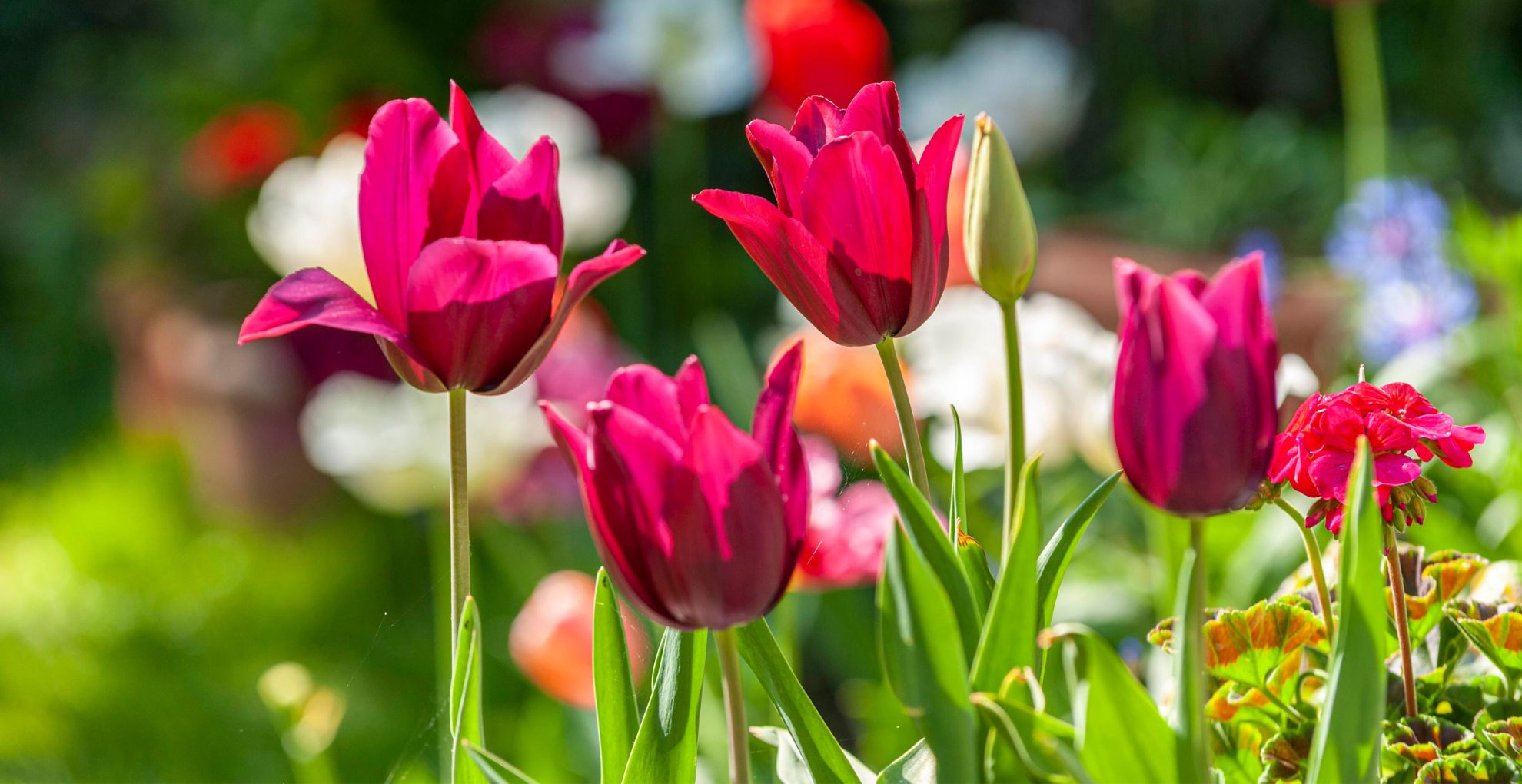

Nothing says 'springtime' like an array of brightly-coloured tulips – but, sadly, these oh-so-popular blooms don't tend to stick around for long. So, what to do with tulips after flowering? Rescue their bulbs and create a stunning display the following year, of course.
One of the most enduring garden trends of all, homes up and down the country put on a riotous display of gently nodding tulips every March and April. It's little wonder, then, that so many people have these elegant blooms pegged as the very best plants of all.
Still, there's no denying that these bell-like blooms – despite being incredibly easy to grow – have one downside: they tend to live fast and die young. Thankfully, you can extend the life of these perfect cottage garden plants by paying them a little extra attention after they bloom – similar to what you do with daffodils after flowering.
With that in mind, here's what to do with tulips after flowering...
What to do with tulips after flowering
"Deciding what to do with tulips after flowering depends on two things: where you are growing them, and whether you would like the bulbs to flower again," says Morris Hankinson, director of Hopes Grove Nurseries.
"If tulips are growing in the ground they may be a bit hit and miss with re-flowering the following year. If they are in well-drained soil it’s possible some might re-bloom," he continues.
"As a general rule, though, if you’d like a colourful spring display in the future, it’s best to take some steps to ensure that happens."
Sign up to our free daily email for the latest royal and entertainment news, interesting opinion, expert advice on styling and beauty trends, and no-nonsense guides to the health and wellness questions you want answered.

Morris Hankinson is the founder and managing director of Hopes Grove Nurseries Ltd, the UK’s only specialist grower-retailer of hedging plants. He established the thriving business in 1992, shortly after graduating with a Commercial Horticulture Degree from Writtle College, Essex.
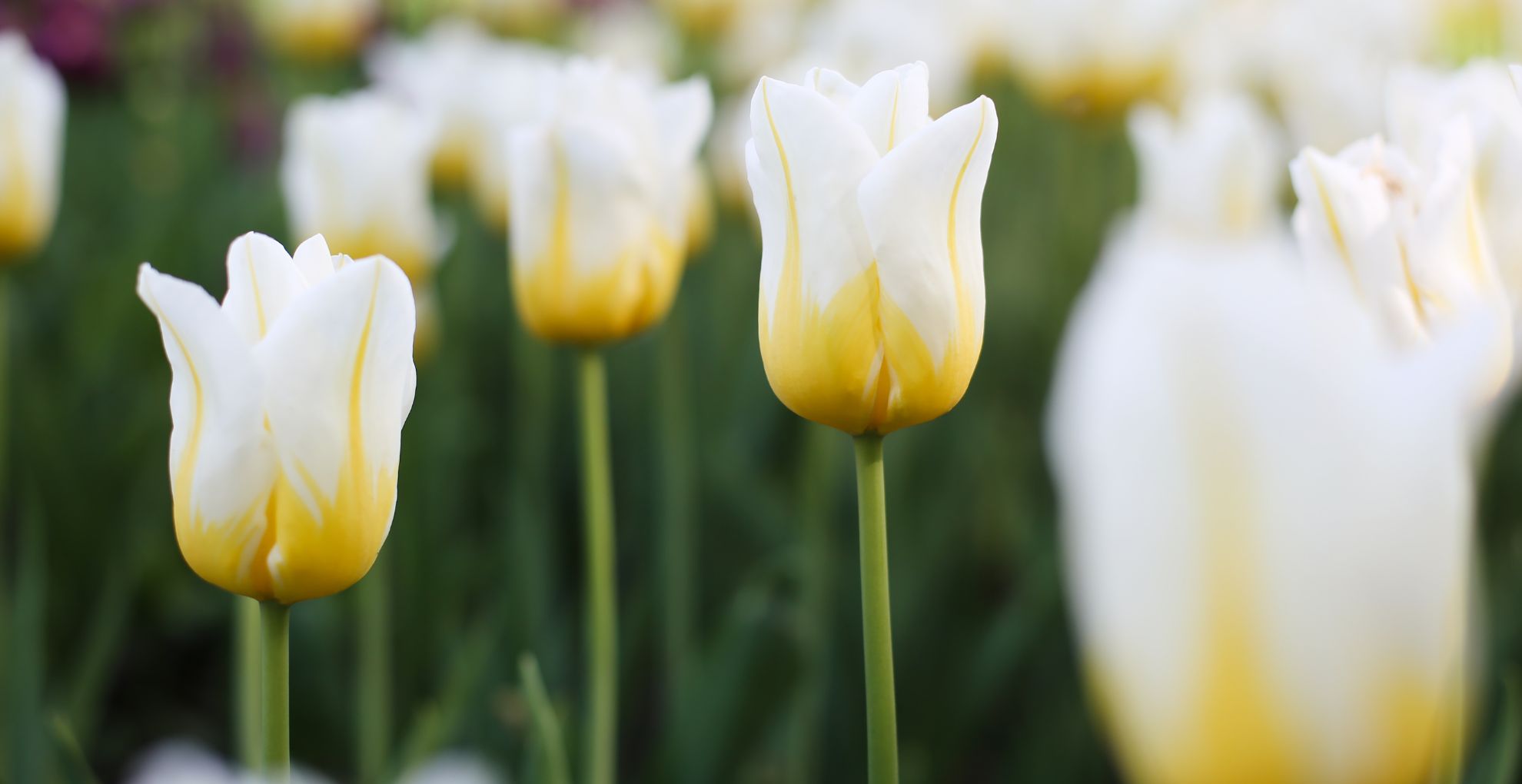
What do these steps look like, then? Well, it's all about "lifting, drying, and storing tulip bulbs in a warm spot over the summer," says Christopher O'Donoghue, one of the co-directors of Gardens Revived.

A gardener with over a decade of experience under his belt, Christopher set up Gardens Revived with his brother, Andrew, in 2018 to create a thriving family business. Together, they have worked on residential gardens, listed buildings and gardens, flower shows and large estates with some exceeding 70 acres – many with historical significance.
Keen to give this sustainable garden idea a go for yourself? Here's everything you need to know.
What you will need
As ever, it's a good idea to gather the tools you need for this gardening task before you get started.
To that end, then, you will need:
- A pair of sharp, clean flower scissors
- A hand fork
- A selection of paper bags
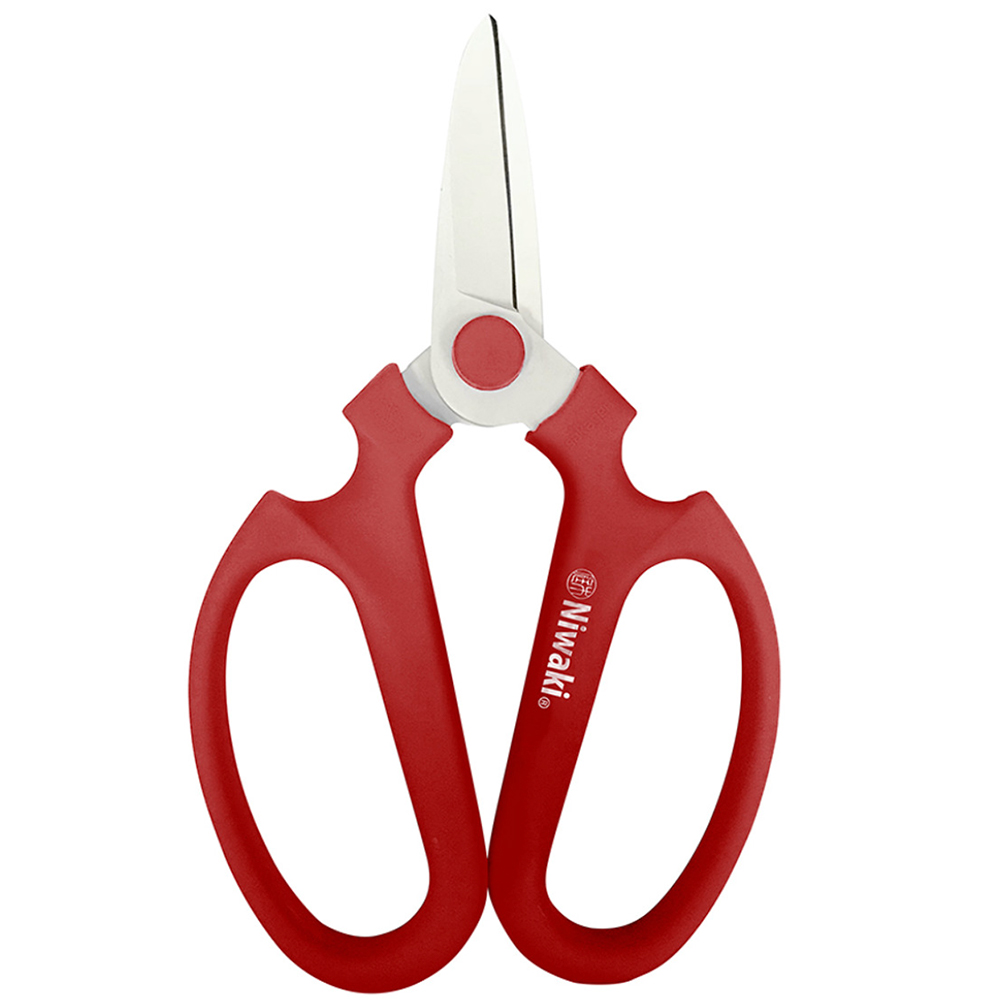
RRP: £41.95 | These fabulous floral scissors, combine the traditional ikebana style form with ergonomic resin moulded handles and fluorine-coated blades. Perfect for cutting back your tulips with precision.
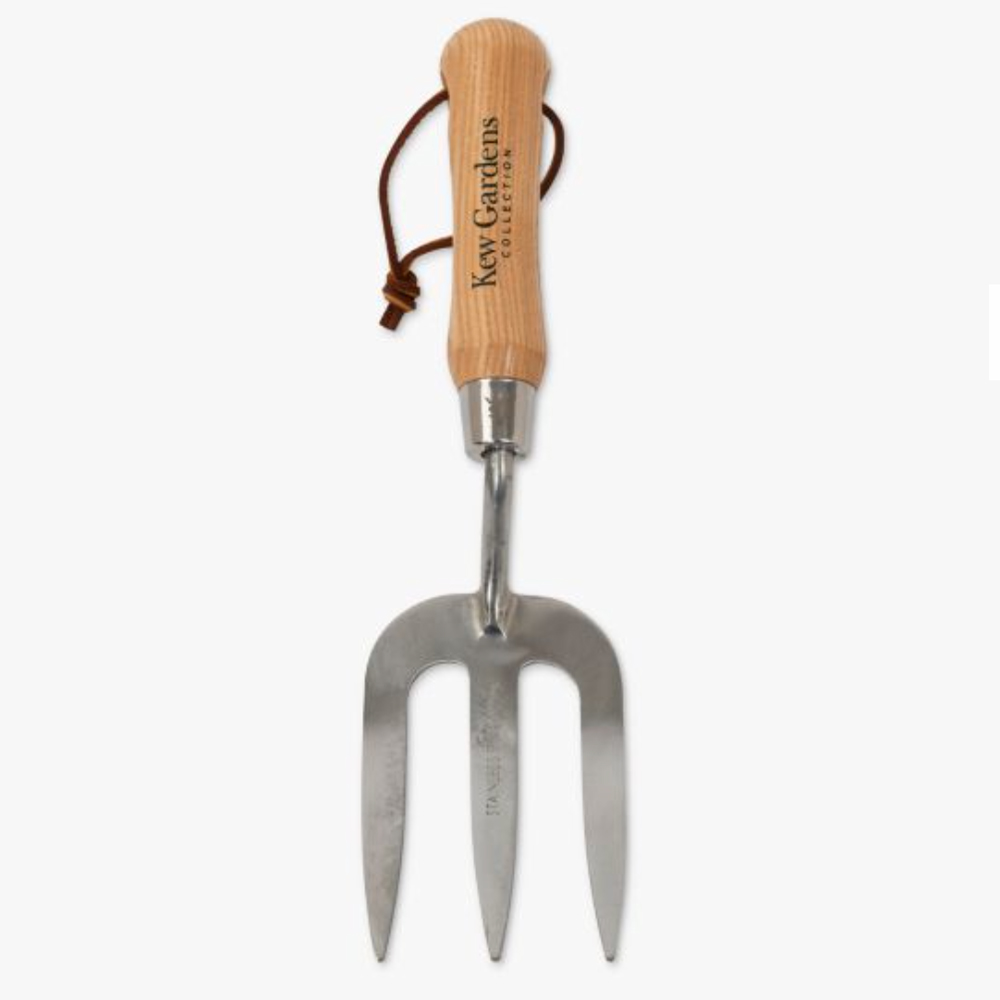
RRP: £16.99 | Developed by Spear & Jackson in conjunction with Kew Gardens's horticultural team this essential garden tool is designed for function and form – made from weatherproofed FSC-certified ash wood.
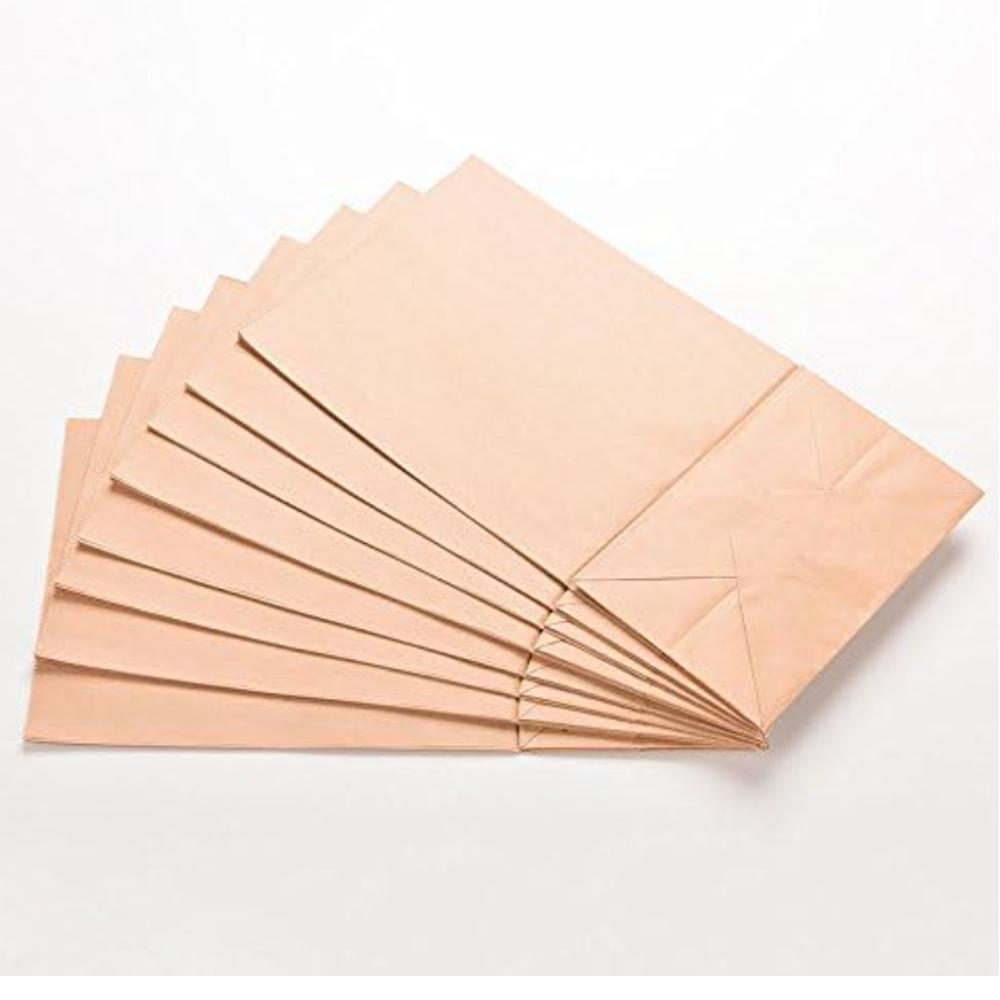
RRP: £4.99 for 20 | These heavy duty bag plain kraft paper gift bags are ideal for storing plant bulbs suitably. Plus they are recyclable & eco-friendly.
How to lift and store tulip bulbs: a step-by-step guide
When it comes to deciding what to do with tulips after flowering, the best course of action is to (as mentioned already) lift and store the bulbs, as this will increase your chances of them bouncing back next spring to enhance your cottage garden planting scheme.
1. Wait for the flowers to fade
When the foliage of your tulips has died back and gone yellow (about six weeks after flowering) you can set to work rescuing your bulbs.
If you want to give your plants a helping hand, Morris advises that "when the flowers have faded and the stem is left with just the seed head, you snip that off, as this will encourage the foliage to die back naturally".
"This will allow all of the energy to flow back into the bulb instead of the flower," he says. A similar story when pruning roses or pruning hydrangeas.
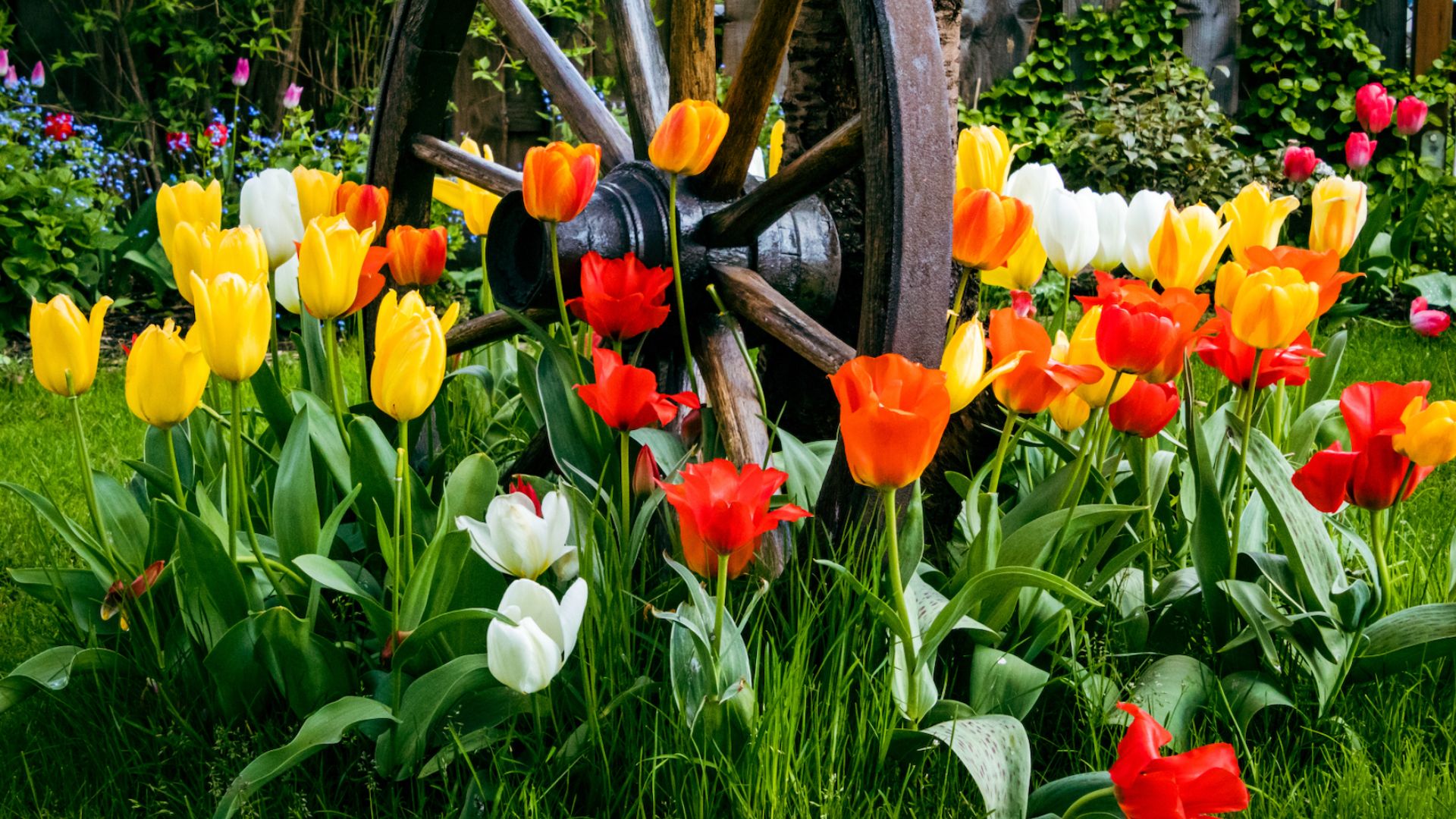
2. Lift the bulb
The next step in our What To Do With Tulips After Flowering 101 manual is simple enough: lift the bulbs.
"Once your foliage has turned yellow, you can carefully use a hand fork to lift the bulbs from the ground," says Christopher.
"Be sure to remove the foliage and the flaky outer coating from the bulb, as well as cut off the stem."
Remember: "any diseased or damaged bulbs should be discarded and foliage composted," warns Morris.
3. Store your tulip bulbs
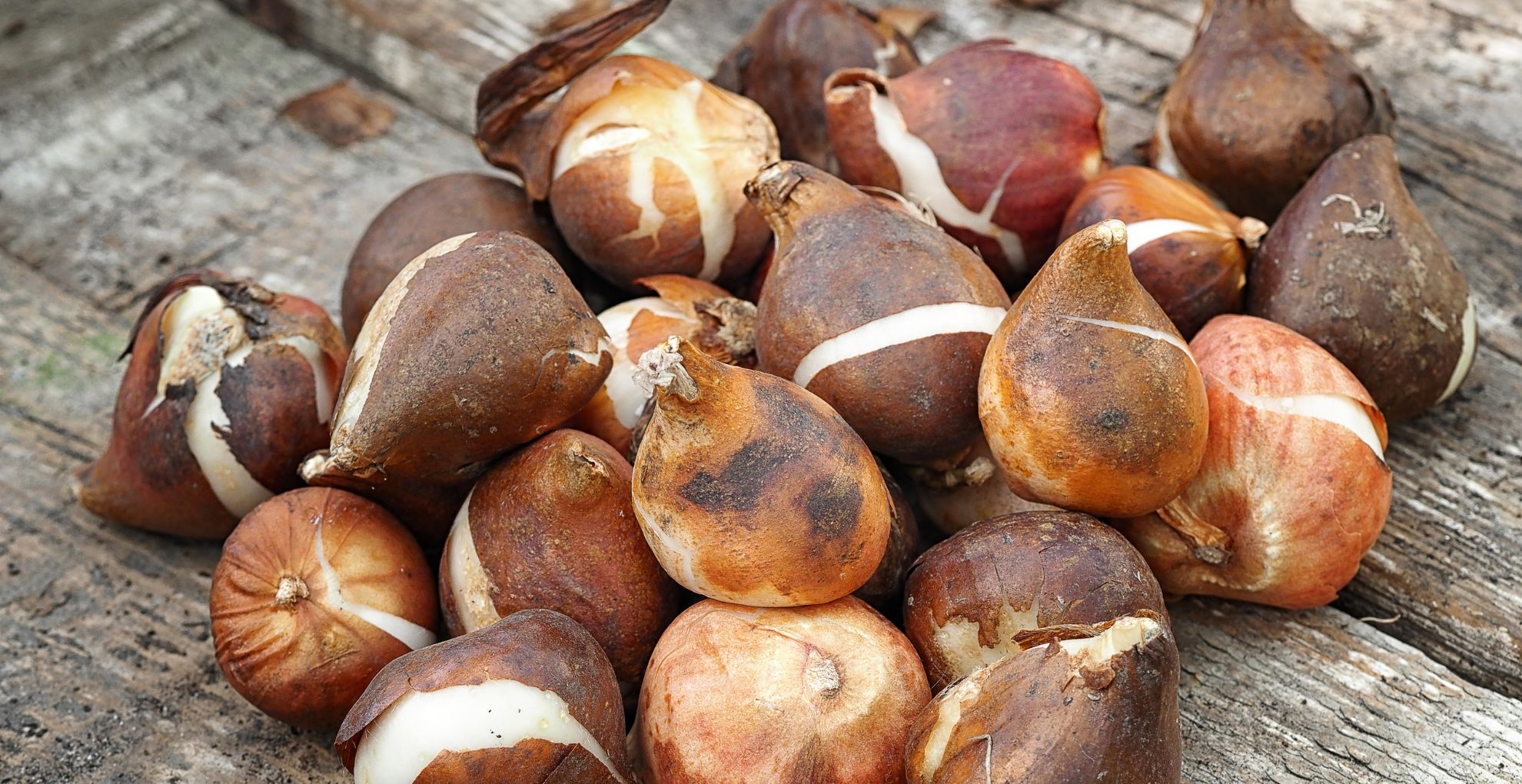
It's important that you clean your tulip bulbs of soil and give them time to dry (this will take about 1-2 days) before stashing them in a paper bag.
Once this is done and they've been bagged, you'll want to keep them in a cool, dry and well ventilated environment, such as an unheated garage or shed.
The temperature should sit at around 18-20°C for the best possible results.
4. Replant your bulbs
When replanting, similar to knowing when to plant grass seed timing is everything to protect plants from frost.
You can replant your tulip bulbs in the autumn or if you want to reduce the risk of spreading the fungal disease known as tulip fire – after the first frost (usually in November).
"It's a good idea to replant your used bulbs in less prominent spots, just in case the process has proven unsuccessful," says Christopher.
"Which means, yes, you can treat yourself to some new tulips for the more important areas around your garden."
FAQs
Should tulip bulbs be dug up after flowering?
While there are a few varieties of tulip that can be left in the ground after flowering, it's advisable to lift and store tulip bulbs if you're hoping for a comeback next year.
If you are growing tulips in containers, however, Morris reminds us that they are growing in an environment that puts stress on the bulbs.
"This means that they are best lifted and composted so your container can be re-planted with fresh tulip bulbs in autumn," he adds.
What do you do with tulips after the blooms fall off?
As mentioned already, it's best to remove the seed heads of your tulips once the blooms have faded.
Once the foliage has died back, you can then carefully dig the bulbs up and out of the ground (discarding any diseased or damaged ones), and leaving them to dry until their brown skin becomes papery.
All that's left to do, then, is stash them in paper bags for the summer, pop them somewhere cool and dry, and replant them in the autumn.
And just like that, you now know exactly what to do with tulips after flowering. Fingers crossed that they thank you for your efforts with a gorgeous display of new blooms, then, next spring.

Kayleigh Dray is an experienced writer and editor within the world of digital journalism. She kicked off her career in magazines with Cosmopolitan as a news writer. Kayleigh then went on to become part of the digital editorial team at Closer, before a successful seven-year stint at Stylist, where she took command as the site’s editor and editor-at-large.
Nowadays, Kayleigh can be found freelancing for a myriad of titles including Woman & Home, along with a role at Ideal Home where she waxes lyrical about her true love: gardening. She is currently giving her own backyard a woodland-inspired makeover – and there have been whispers of a vegetable plot, too.